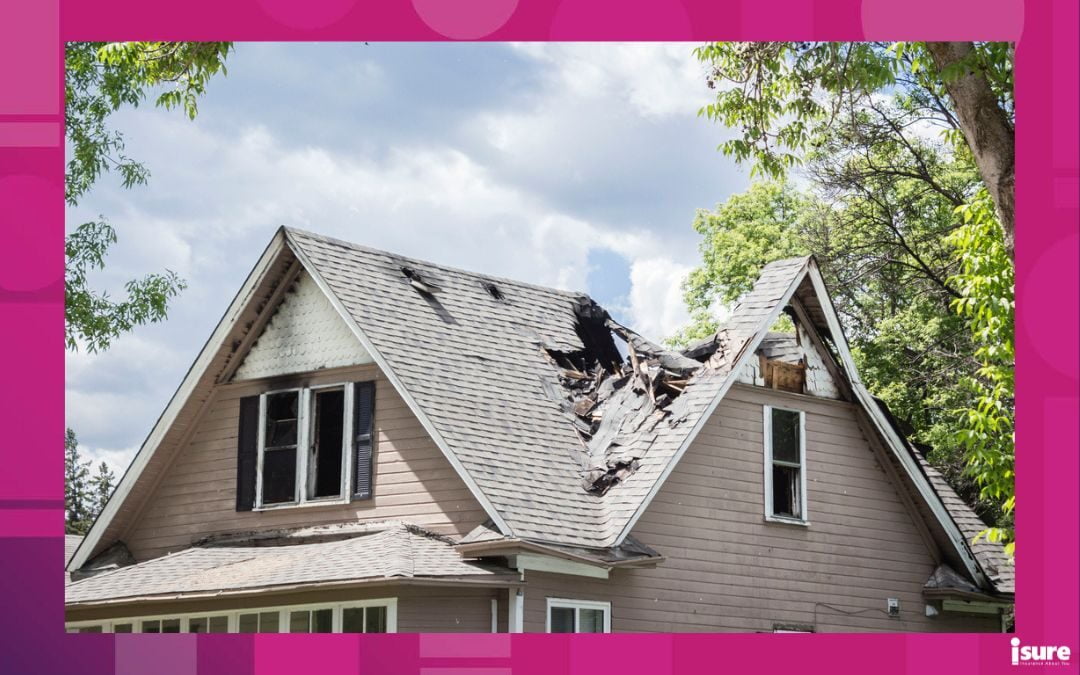Shopping for home insurance can be stressful. You want to make sure you’re purchasing the right coverage to protect your greatest assets. However, you want it at a competitive rate, as well. Getting to know the basics about the most common types of home insurance coverage is important. In this article, we lay out the basics of the first of these policies: Comprehensive or ‘all risks’ coverage.
What is All Risks coverage?
As the most inclusive home insurance policy, all risks coverage covers both the building and its contents for all risks. That is, except for those specifically excluded. It offers the broadest protection out of all three types, however there is a section regarding exclusions from coverage. What is listed will differ, depending on the insurance company and the policy. If something is not listed in the section, it means that it is covered. With a comprehensive policy, the burden of proof lies with the insurance company. This means that in order for the insurance company to deny your claim, they have to prove that the claim falls within the policy’s exclusions.
While policies will vary, the majority of comprehensive home insurance policies list the following as exclusions:
- Maintenance claims: Also known as ‘wear-and-tear’. Preventative losses through routine maintenance usually don’t receive coverage, such as corroding pipes or a rotting roof.
- Terrorism or acts of war: These events are highly destructive and impossible to predict or add a value to potential damages.
- Natural disasters: Natural events, such as earthquakes, floods, and tsunamis, are common exclusions, especially if your home is in a high-risk area.
Important: You can choose to purchase coverage for these catastrophic perils as an add-on to your existing policy.
Because these risks are minimal in most parts of Canada, homeowners find these exclusions have little impact on when they make a claim. As a result, this makes comprehensive insurance one of the best types of insurance for an average Canadian homeowner. But, before you sign a comprehensive insurance policy, make sure you are clear about the exclusions, as well.
Advantages of Comprehensive coverage
All Risks coverage is a type of insurance product that requires a risk to be explicitly stated for it to not have coverage. For example, if the contract does not state “tree damage” as an excluded risk, then the damage from say, a fallen tree, will have coverage, as it was not written under the exclusion section of the policy.
Another big advantage of Comprehensive insurance is mysterious disappearance on the policy. Let’s use an example: You remove your wedding rings to wash your hands at a public restroom, but forget to put them back on. You run back to the restroom to get them, but they’re gone. With Comprehensive coverage, your policy will cover the rings if they were under the policy limit. They will also cover the loss if they were on the policy in a separate endorsement for the value of the rings.
What to consider with this type of coverage
While all risks policies do offer the best coverage of the three main home insurance policies, there are a couple of things to watch out for:
- The policy does have limits on certain types of claims. If you are in possession of expensive jewelry, a pricey coin collection or other valuable objects, you will need to purchase supplementary coverage or an add-on endorsement.
- In addition to the exclusions above, your property insurance policy does not cover replacement cost, business interruption* or loss of income insurance. Comprehensive, or all risks insurance, isn’t enough to cover a home-based business because it only covers you for dangers to your home structure, not your business operating within it.
*Additional coverage options for your business are available when purchasing your property insurance policy. Speak with one our isure representatives today about your home business needs.
Insurance claims with All Risks coverage
According to ibc.ca, two types of risk that are not normally included in any home insurance policy are:
- Uninsurable perils, which are predictable events, not sudden in nature and therefore, will not receive coverage.
- Optional coverage for which you can buy insurance, such as earthquake or sewer back-up.
Should you find yourself in a position that you experience a loss and need to make a claim, there are three main criteria that you need to remember about all risks insurance claims. They have to be:
- Accidental in nature
- Sudden
- Not specifically excluded from the policy
Purchasing home insurance doesn’t have to be hard. By knowing your options and speaking with your isure broker about the pros and cons of All Risks coverage, you can be confident that your home insurance policy is right for you!




